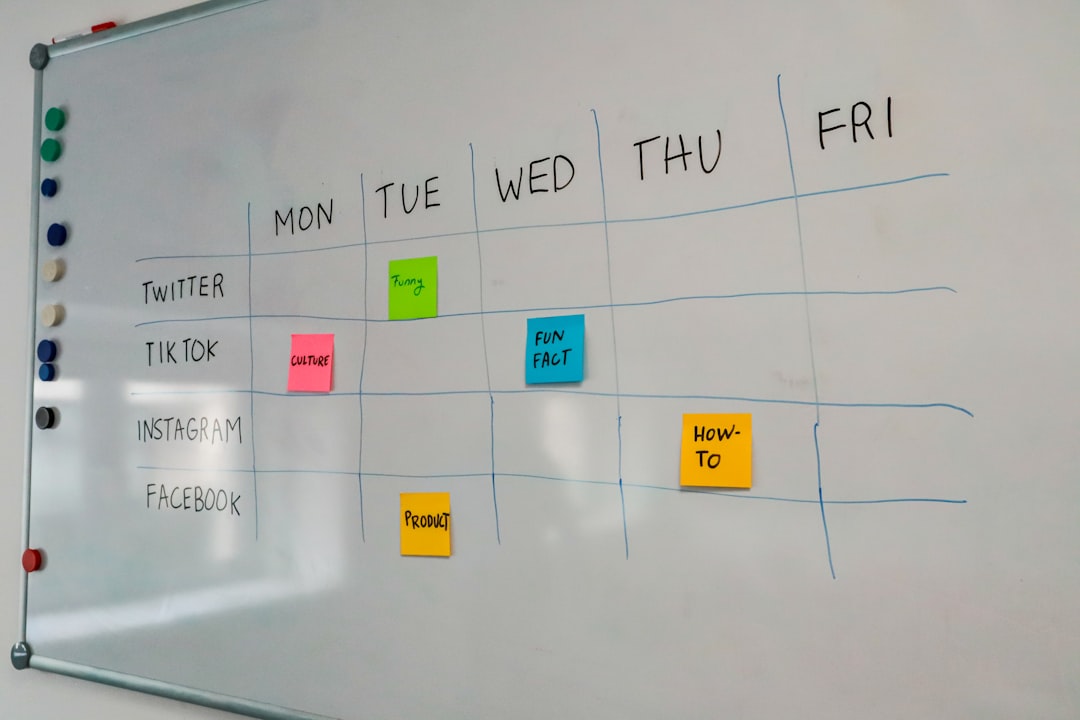In today’s data-driven world, Database Analysts play a pivotal role in ensuring that large volumes of information are structured, accessible, and interpretable. One powerful tool at a Database Analyst’s disposal is the Common Table Expression (CTE). If you’re working with SQL or any similar querying language, understanding and utilizing CTEs can significantly improve your workflow, query structure, and overall system performance.
So, what exactly is a Common Table Expression and why should you care about it? Let’s dive into this elegant feature of modern SQL with real-world applications and practical advice on usage.
Table of Contents
What is a Common Table Expression (CTE)?
A Common Table Expression is a temporary, named result set that you can reference within a SELECT, INSERT, UPDATE, or DELETE statement. It’s defined using the WITH keyword and acts like a temporary inline view or subquery. Unlike a view, CTEs exist only during the execution of a single SQL statement.
Here’s a basic syntax:
WITH cte_name AS (
SELECT column1, column2
FROM your_table
WHERE conditions
)
SELECT *
FROM cte_name;
Pretty straightforward, right? But where CTEs truly shine is in complex querying involving recursion, improved readability, and modular query development.
Why Use CTEs?
CTEs are not just another way to write queries—they offer distinct benefits that Database Analysts can leverage to improve performance, readability, and maintainability of code. Here are the primary advantages:
- Readability: By isolating logic in a named unit, you make your queries more understandable.
- Reusability: Reference the CTE multiple times within the same query, which cuts down on repetition.
- Recursion: Used for hierarchical or tree-structured data, recursive CTEs are invaluable.
- Debugging: Easier to isolate and test complex query parts independently.
Real-World Use Cases for CTEs
CTEs aren’t just a theoretical concept. They’re incredibly useful in day-to-day operations. Below are examples of their practical applications:
1. Simplifying Complex Joins and Subqueries
Consider a scenario where a Database Analyst needs to join several tables and apply filters. Writing deeply nested subqueries can be overwhelming. CTEs give you the ability to “name” intermediate results and break down these complex operations into manageable steps.
WITH EmployeeCTE AS (
SELECT EmployeeID, DepartmentID, Salary
FROM Employees
WHERE Active = 1
)
SELECT d.DepartmentName, AVG(e.Salary) AS AvgSalary
FROM EmployeeCTE e
JOIN Departments d ON e.DepartmentID = d.ID
GROUP BY d.DepartmentName;
This not only improves clarity but also makes it easier to reuse the EmployeeCTE for different analyses.
2. Recursive Queries: Handling Hierarchies
Recursive CTEs are essential for querying hierarchical data, such as organization charts, product categories, or folder structures.
Imagine a use case where you have a table of employees with ManagerIDs pointing to other employees. You can explore the full chain of control using a recursive CTE:
WITH RECURSIVE OrgChart AS (
SELECT EmployeeID, Name, ManagerID, 1 AS Level
FROM Employees
WHERE ManagerID IS NULL
UNION ALL
SELECT e.EmployeeID, e.Name, e.ManagerID, oc.Level + 1
FROM Employees e
INNER JOIN OrgChart oc ON e.ManagerID = oc.EmployeeID
)
SELECT * FROM OrgChart;
This powerful strategy lets you drill down or roll up through organizational levels dynamically.

3. Reusing Logic Across Multiple Queries
Sometimes you calculate a value or subset that needs to appear in multiple places—perhaps a sales threshold, or a filtered list of active users. Instead of repeating the same logic over and over, a CTE allows you to write it once and reference it as needed.
WITH SalesThreshold AS (
SELECT CustomerID, SUM(Amount) AS TotalSpent
FROM Sales
GROUP BY CustomerID
HAVING SUM(Amount) > 1000
)
SELECT *
FROM SalesThreshold
WHERE TotalSpent BETWEEN 1000 AND 5000;
Not only does this make the code cleaner, but it also improves performance and reduces errors.
Potential Pitfalls and Best Practices
Like any tool, CTEs can be misused. Here are a few caveats and tips every Database Analyst should know:
- Performance Considerations: Unlike views, CTEs are not always optimized or materialized by the query planner. Monitor performance when using multiple or complex CTEs.
- Recursive Limits: Most systems impose a default recursion limit (e.g., 100 levels). Be cautious with recursive CTEs to avoid infinite loops.
- Scoped Lifetime: CTEs are active only within a single query. If you need persistent intermediate results across multiple queries, consider using temp tables or views.
- Naming Conventions: Use intuitive and descriptive CTE names to reflect their role in the query logic.
Comparing CTEs with Alternatives
While CTEs serve many purposes, it’s essential to know when to use alternatives. Here’s a quick comparison:
| Feature | CTEs | Temp Tables | Views |
|---|---|---|---|
| Lifetime | One SQL statement | Session-wide | Permanent |
| Reusability | Within query | Across multiple queries | Across sessions |
| Performance tuning | Limited | Yes | Yes |
| Use Cases | Readable logic, recursion | Large, complex queries | Reusable, documented logic |
In summary, CTEs are perfect when you want to enhance query clarity, use recursion, or modularize logic, but for performance-heavy operations or session-long needs, alternatives may be better suited.
CTEs in Different Database Systems
Support for CTEs is widely available across major database platforms, but there are slight variations in syntax or behavior:
- SQL Server: Full support for recursive and non-recursive CTEs.
- PostgreSQL: Excellent support, including anchored and recursive CTEs via
WITH RECURSIVE. - MySQL: CTEs have been supported since version 8.0, including recursion.
- Oracle: Supports both types with the
WITHandWITH RECURSIVEclauses.
Always check database-specific documentation to fine-tune your queries and avoid surprises.
Conclusion
Whether you are working on data analysis, reporting, ETL pipelines, or system diagnostics, Common Table Expressions are an indispensable tool in a Database Analyst’s repertoire. They bring structure, readability, and power to your SQL queries and allow you to handle complex logic with ease.
By understanding when and how to use CTEs effectively, you not only write more maintainable code but also unlock capabilities that would otherwise require cumbersome or less efficient alternatives.
So, the next time you write a complex SQL query, ask yourself—can a CTE make it better? Chances are, it probably can.




